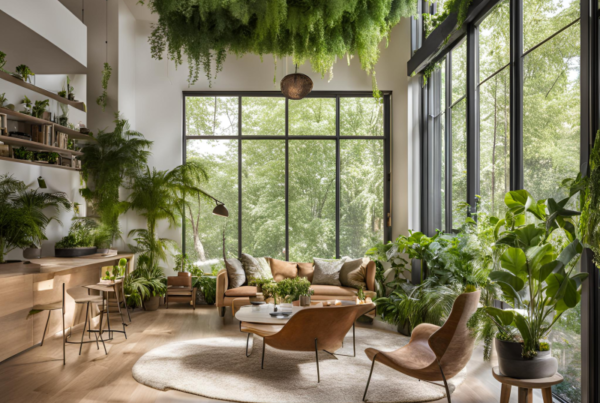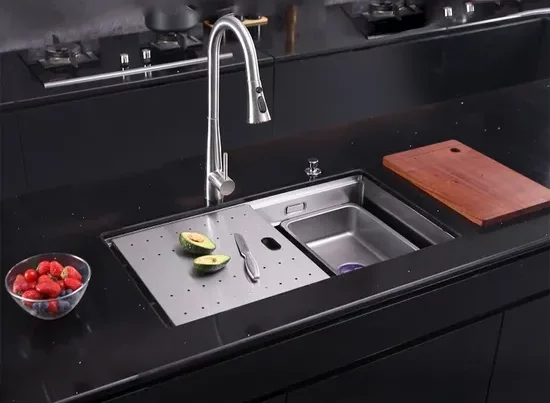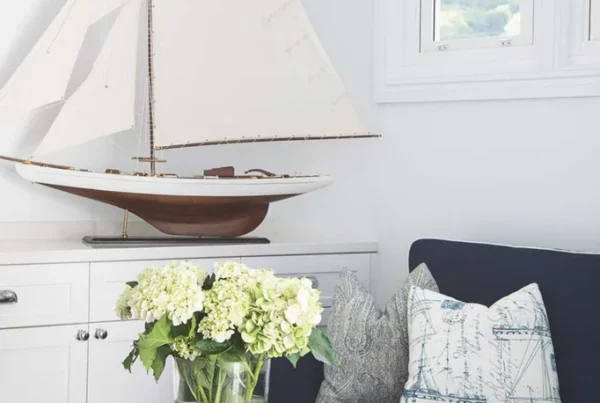Table of Contents
Rustic Kitchen – Design Inspiration for a Warm and Inviting Space
The allure of a rustic kitchen transcends fleeting trends. It evokes a sense of warmth, comfort, and timeless charm. If you envision a kitchen that feels like a cozy haven, brimming with character and natural elements, then the rustic aesthetic might be your perfect match.
But where do you begin? From exposed beams to farmhouse sinks, the possibilities within the rustic style are vast. This comprehensive guide delves into the key elements of rustic kitchens, offering a plethora of arrangement ideas to inspire your dream space.

Defining the Rustic Kitchen Aesthetic
The rustic kitchen draws inspiration from a simpler time, often channeling the essence of farmhouses and cottages. It celebrates natural materials like wood, stone, and textiles with a focus on warmth and functionality.
Key characteristics of a rustic kitchen include:
- Natural Materials: Wood reigns supreme, showcased in cabinetry, countertops, flooring, and exposed beams. Stone accents, like slate or soapstone countertops, add a touch of textured elegance.
- Warm Color Palette: Earthy tones like browns, beiges, creams, and greens dominate the color scheme, creating a sense of groundedness and tranquility. Pops of color can be introduced through textiles or vintage accents.
- Simple and Functional Design: Rustic kitchens prioritize practicality over ostentatious features. Clean lines and uncluttered layouts create a sense of spaciousness and ease of movement.
- Vintage Touches: Incorporate vintage elements like antique lighting fixtures, distressed furniture, or mismatched chairs for a touch of personality and history.
- Worn and Weathered Finishes: Imperfections are embraced! Embrace the natural wear and tear of materials, allowing them to tell a story and add depth to the space.
Rustic Kitchen Arrangements: Maximizing Space and Style
Layout: When considering the layout of your rustic kitchen, prioritize functionality. The classic work triangle (sink, stove, refrigerator) should be well-defined to ensure a smooth workflow. Consider a U-shaped or L-shaped layout for optimal use of space, especially in smaller kitchens. Open floor plans can be incorporated to create a sense of connection with adjoining living areas.
Flooring: Wood reigns supreme in rustic kitchens. Opt for hardwood floors like oak, hickory, or walnut, with a natural finish or light stain. For added durability and water resistance, consider engineered wood flooring with a rustic aesthetic. Stone tiles can be used in high-traffic areas like near the sink or stove for a touch of timeless elegance.
Cabinets: Opt for solid wood cabinets with simple shaker-style doors or raised panel designs. Consider incorporating glass-fronted cabinets to showcase treasured dishes or add visual interest. Hardware in brushed nickel, oil-rubbed bronze, or antique brass finishes complements the rustic aesthetic beautifully. Open shelving can also be introduced for displaying decorative items or frequently used dishes.
Countertops: Natural materials are ideal for countertops in a rustic kitchen. Soapstone and granite offer timeless elegance and durability. Butcher block countertops add a warm, natural touch, but require more maintenance. Budget-friendly options include laminate or quartz countertops with a rustic finish that mimics the look of stone or wood.

Light and Airy Rustic Kitchens
The rustic aesthetic doesn’t have to be confined to dark and heavy elements. You can achieve a lighter and airier feel while still embracing the core principles of the style. Here’s how:
Color Palette: Opt for lighter shades of brown, beige, and cream for your cabinets, walls, and flooring. Consider incorporating soft whites or even pale blues for a breezy and coastal-inspired touch.
Natural Light: Maximize natural light by incorporating large windows or skylights. This will not only brighten the space but also create a sense of connection with the outdoors, a key element of the rustic style.
Open Floor Plan: Consider an open floor plan that integrates the kitchen with adjoining living areas. This promotes a more spacious feel and allows natural light to flow freely throughout the space.
Light Fixtures: Opt for light fixtures that complement the rustic aesthetic while contributing to the airy feel. Chandeliers with distressed wood frames or woven wicker shades add a touch of character. Pendant lights with clear glass shades or exposed bulbs provide task lighting and maintain a sense of openness.
Open Shelving: Replace some closed cabinetry with open shelves. This allows light to penetrate deeper into the space and creates a visually lighter feel. Display light-colored dishes, decorative plates, or greenery on open shelves to enhance the airy aesthetic.
Flooring: Light-colored wood flooring in shades like white oak or ash can significantly brighten the space. Consider distressed finishes for added rustic charm while maintaining a light and airy feel.
Example: Imagine a kitchen with white shaker-style cabinets paired with soapstone countertops that offer a touch of contrast. Light wood flooring in a distressed white oak finish complements the overall look. Large windows flood the space with natural light, while wicker pendant lights provide task lighting and maintain an airy feel. Open shelves showcase a collection of vintage ceramic bowls and woven baskets, adding a touch of rustic charm without sacrificing the light and airy ambiance.
Rustic Kitchen Storage Solutions
While maximizing storage is crucial in any kitchen, rustic kitchens embrace a more relaxed and uncluttered aesthetic. Here’s how to achieve this:
- Utilize Cabinet Space Efficiently: Invest in cabinet organizers and drawer dividers to maximize the storage capacity of your existing cabinets. This allows you to keep items neatly organized and easily accessible.
- Pantry: A dedicated pantry is a valuable asset in a rustic kitchen. Opt for floor-to-ceiling pantry cabinets with pull-out shelves or drawers for efficient storage of dry goods, appliances, and other kitchen essentials.
- Open Shelving: Strategically placed open shelves can be used for frequently used dishes, cookbooks, or decorative items. Ensure that the items displayed are cohesive and visually appealing to avoid a cluttered look.
- Pot Racks: Hanging pot racks above the island or stovetop can free up cabinet space and add a touch of rustic charm. Choose pot racks made from wrought iron or rustic wood to complement the overall aesthetic.
- Vintage Furniture: Repurposed vintage furniture pieces like buffets or sideboards can add storage and character to your rustic kitchen. Use them to store dishes, linens, or small appliances.
Rustic Kitchens on a Budget
Creating a beautiful rustic kitchen doesn’t require breaking the bank. Here are some tips for achieving the look on a budget:
- Repurposed Furniture: Look for vintage furniture pieces at flea markets, thrift stores, or online marketplaces. With a bit of refinishing or painting, you can transform them into charming storage solutions for your kitchen.
- DIY Open Shelving: Open shelving can be a budget-friendly alternative to closed cabinets. Build your own shelves using reclaimed wood or inexpensive lumber for a personalized touch.
- Cabinet Hardware Updates: Update existing cabinet hardware with new pulls and knobs in a rustic finish. This can significantly elevate the look of your kitchen without a major investment.
- Paint and Stain: Paint your existing cabinets a fresh color or stain them a darker shade for a rustic update. This is a cost-effective way to transform the look of your kitchen without replacing the cabinets entirely.
- Vintage Accents: Incorporate vintage accents like antique canisters, mismatched chairs, or old-timey clocks to add a touch of rustic charm without a hefty price tag.
Conclusion
A rustic kitchen is an embodiment of warmth, comfort, and timeless style. By incorporating the design elements and arrangement ideas explored in this guide, you can create a space that reflects your personality and fosters a sense of connection. Remember, the beauty of the rustic aesthetic lies in its embrace of natural materials, simple functionality, and a touch of history. So, unleash your creativity, embrace imperfection, and embark on the journey of crafting your own rustic haven.









